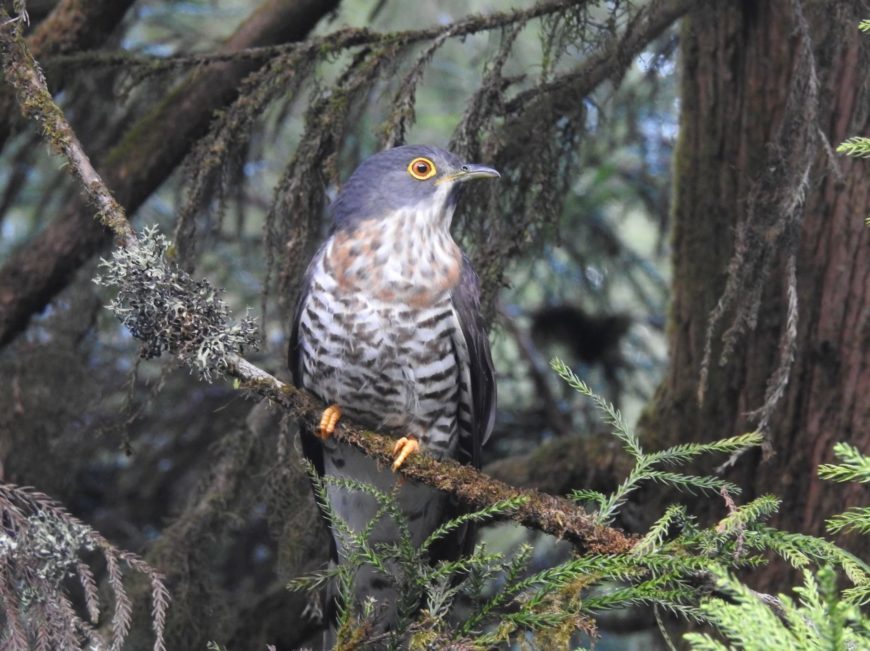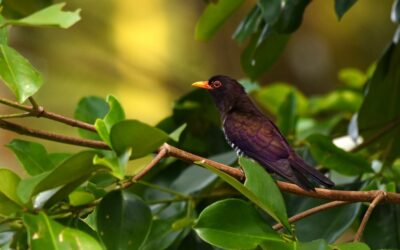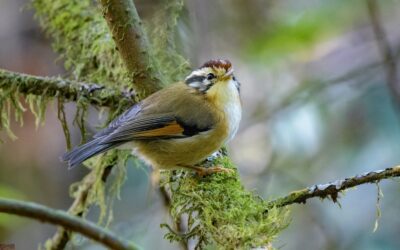 Bird watchers may have taken refuge in the cooler interiors of their homes during the hot month of May but a number of resident birds went about their business of breeding in the heat. In many parts of India, June can still be hot but not for long. Dark clouds will start to roll in, followed by reverberating thunder announcing the much awaited rains. A different set of birds will start their breeding with the monsoon- tailor birds, babblers, sunbirds, ioras, bitterns, rails, quails and many more.
Bird watchers may have taken refuge in the cooler interiors of their homes during the hot month of May but a number of resident birds went about their business of breeding in the heat. In many parts of India, June can still be hot but not for long. Dark clouds will start to roll in, followed by reverberating thunder announcing the much awaited rains. A different set of birds will start their breeding with the monsoon- tailor birds, babblers, sunbirds, ioras, bitterns, rails, quails and many more.
This is also the time when both resident and migratory cuckoos are active and searching for potential sites where the host birds are likely to nest. We still do not know much about the cuckoos and the various hosts they parasitize. This being the ideal month to observe and document such behaviour, the eBird monthly challenge for June is to submit 30 eligible checklists, with at least three of them containing a brood-parasitic cuckoo.
What birds are included in this list of brood-parasitic cuckoos? Here they are:
- Asian Koel
- Pied Cuckoo
- Chestnut-winged Cuckoo
- Large Hawk-cuckoo
- Common Hawk-cuckoo
- Hodgson’s Hawk-cuckoo
- Indian Cuckoo
- Eurasian Cuckoo
- Himalayan Cuckoo
- Lesser Cuckoo
- Banded Bay Cuckoo
- Plaintive Cuckoo
- Grey-bellied Cuckoo
- Asian Emerald Cuckoo
- Violet Cuckoo
- Square-tailed Drongo-cuckoo
- Fork-tailed Drongo-cuckoo
Since the breeding season is not over, please do continue adding appropriate ‘breeding codes’ . You can do that by clicking on ‘Add details’ next to the species name and then use the ‘Breeding code’ drop-down menu. More information on breeding codes is available here.
All lists should be uploaded by 10 July 2019 so that we can announce the results soon after.
Important: if you are new to eBird, please read this description first, and do take a look at our quick-start infographic and also the more comprehensive Beginner’s Guide.




